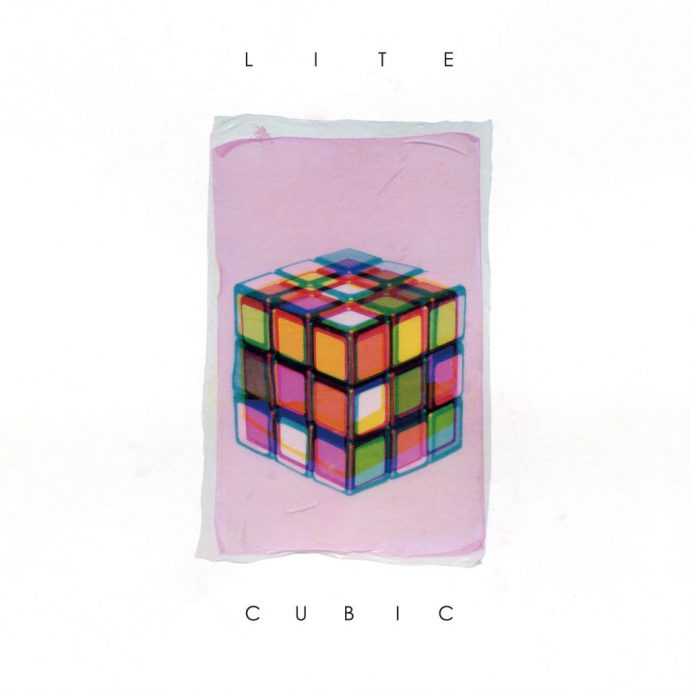Tokyo, Japan has no shortage in their post-rock scene, and plenty of talent within the math-rock sub-genre, but one of the most notable amongst them is LITE. The four piece is releasing their fifth full-length album, Cubic, and it is just another addition to their substantial stack of genius. The band has a unique take on meshing instrumental progressive and post-rock, while blending elements of art-rock with a math-rock structure resulting in an intricate experimental rock experience. Cubic is nothing short of amazing; it is elaborately layered, track-by-track, to keep the listener on the cusp of their nerve endings.
“Else” begins the album with a simple progression of complex instrumentation. The guitar, bass, and drums flit around in a vibrant and intense fashion. It has a confrontational groove, and it is not certain whether one should be dancing or figuring out algorithms to it. Regardless, it is a capturing start to the album, physically and mentally.
Track three, “Warp,” begins with a clean strumming guitar accompanied by a starry synth and soft symbols, but then they are broken with a jumpy guitar line and vocals with a fuzzy lead giving just the right amount of noise. The lead is in harmony with the vocals, and it goes almost unnoticed until it is gone. The song does this dance between fast and slow, giving relief to notice the sophisticated delicacies throughout.
The album finishes with a jazz-fusion style track titled “Zero.” The instrumentation and vocalization sound like a properly produced James Chance & the Contortions’ track, a Japanese version that is. It isn’t common to come by Japanese artists doing something in this style, but LITE did it, and did it flawlessly.
According to Topshelf Records, Cubic was mixed by Keith Souza (Battles) and mastered by Heba Kadry (!!!, Prefuse73, The Mars Volta), so that should be a good indication as to what leagues this album lies on. In perspective, Cubic and everything contained within it is practically a fractal of itself. There is no continuous ebb and flow with this album: it is all over the place and stimulating, but with properly placed short breaks such as “Inside the Silence” and “Black Box.” The composition of the album, and each of its tracks, is something that could only be done by masters of this style of music, and not have it result in a heaping mathematical mess upon the ears of the listener. Very well done.
Rating: 8.5/10

